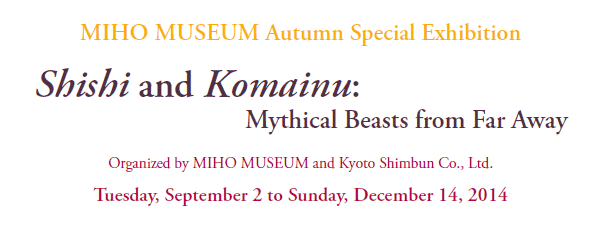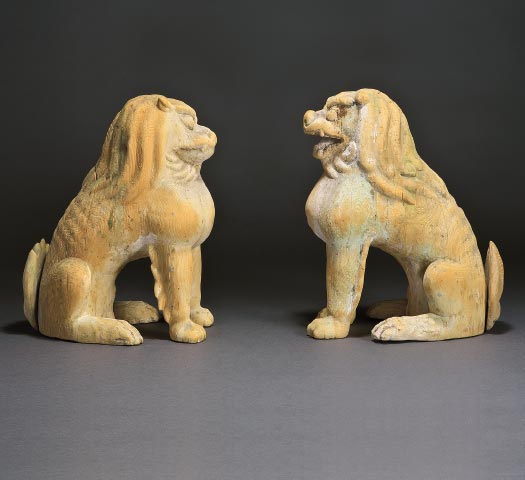
 |
|
|
Many Japanese people—even those who have long
disassociated themselves from traditional annual events and
festivals—visit Shinto shrines at the New Year to pray for
happiness and good fortune. During this time, the first to
greet them at the
torii (gate) of most shrines is a pair of guardian
lion-dogs, which are placed slightly away from the inner
sanctuary and which have become so commonplace that they
often go unnoticed. If we look closely, we can see that
these divine beasts resemble lions, which were originally
not often found in Japan or in East Asia. At some point, a
guardian animal with a horn and one without came to be
paired. The horned creature came to be known as the guardian
lion-dog or koma inu, while the other was
distinguished as a lion or shishi.
Further, the name of koma inu comes from the ancient Korean kingdom Goryeo, which was known in Japan as “Koma.” This appellation itself suggests that the Japanese thought of these sacred beasts as having come from distant lands across the sea. However, when we trace the similar forms to these guardian figures, we find that they did not originate on the Korean peninsula but rather from as far away as Eurasia. This exhibition introduces images of these guardian lion and lion-dog, which are distinctive to Japan, along with lions and divine beasts with horns from Egypt, West Asia, Central Asia, and China. Come explore the distant roads that the Japanese lion and lion-dog traveled from a global perspective. |